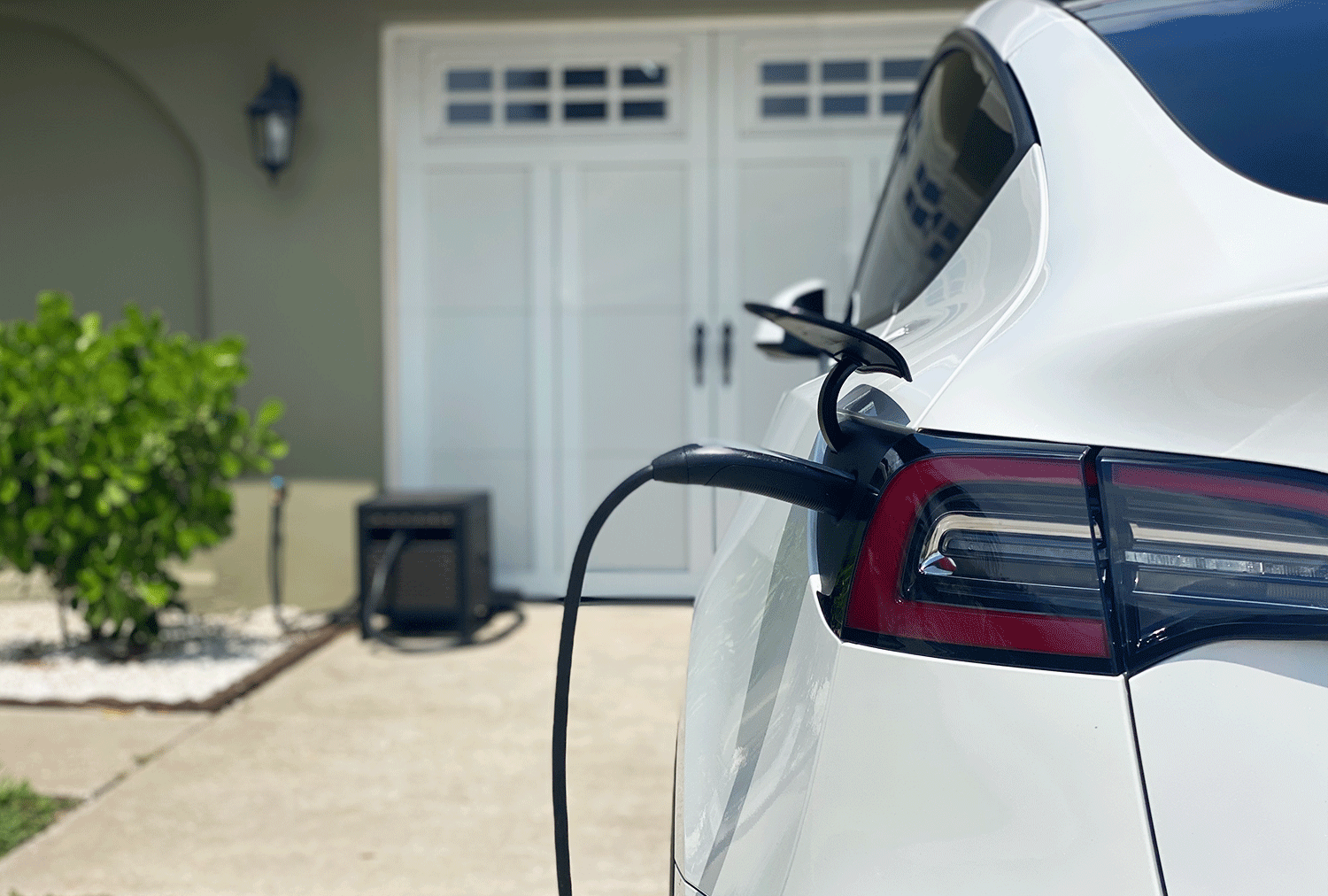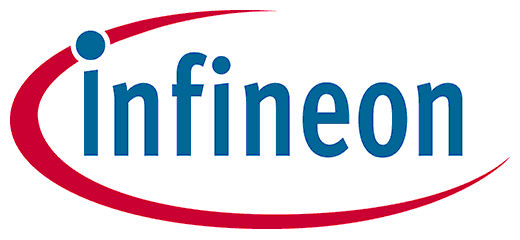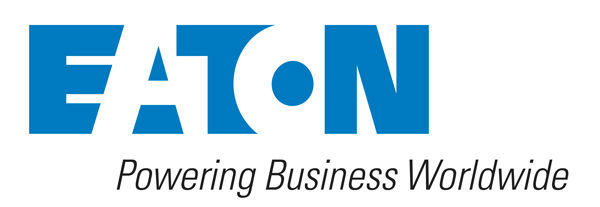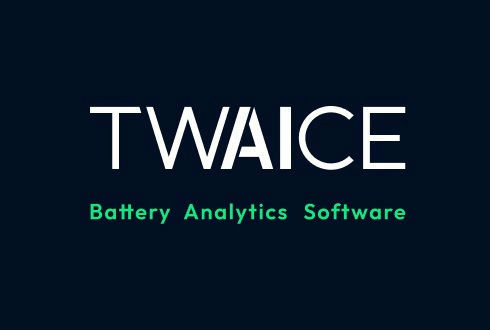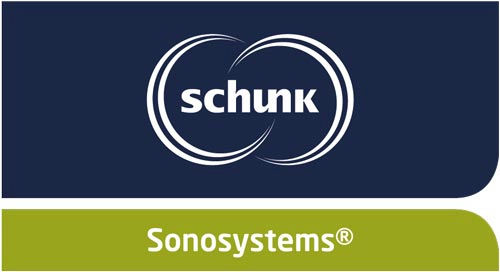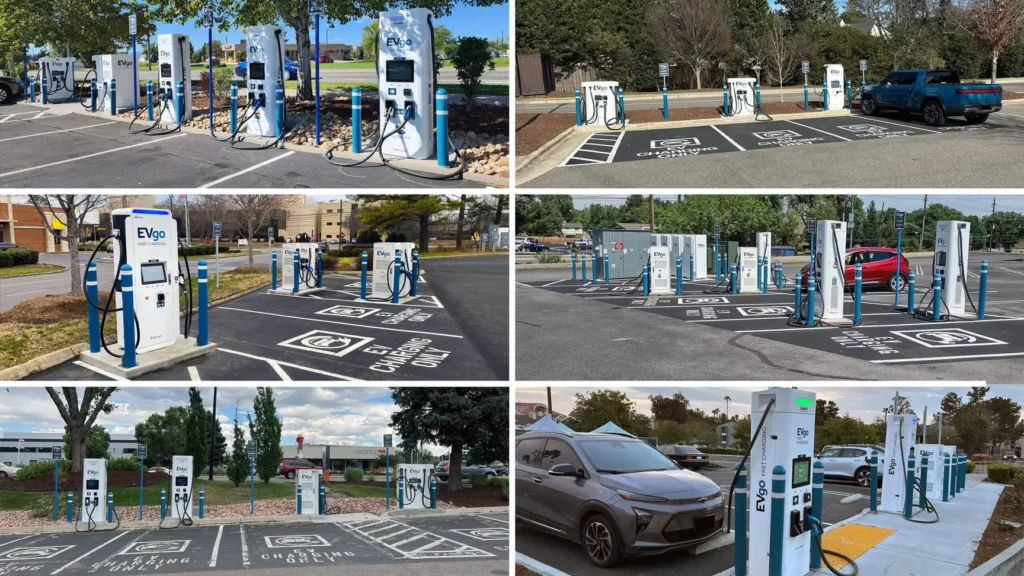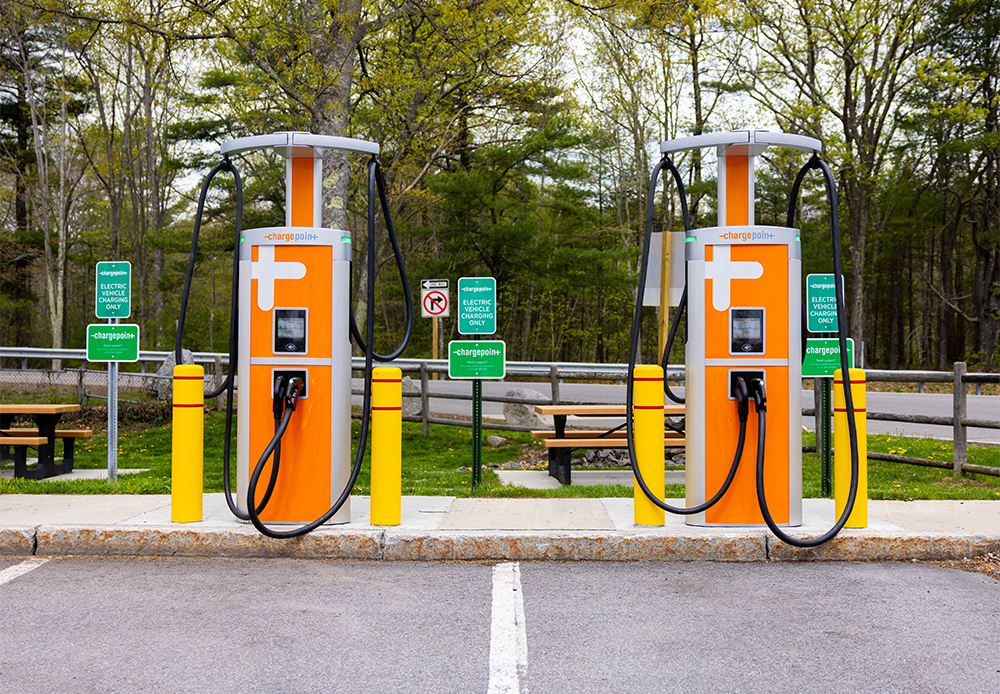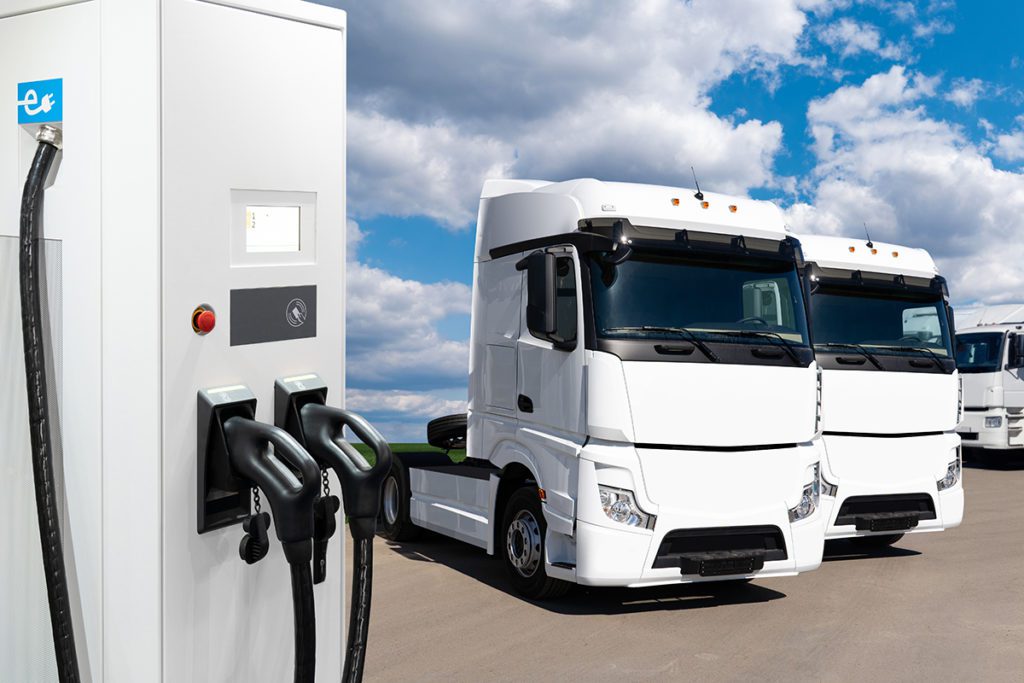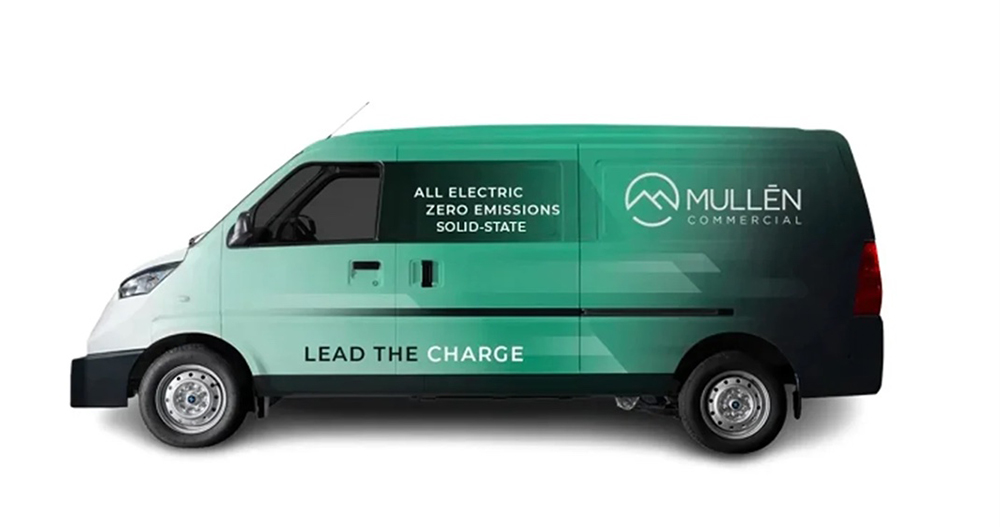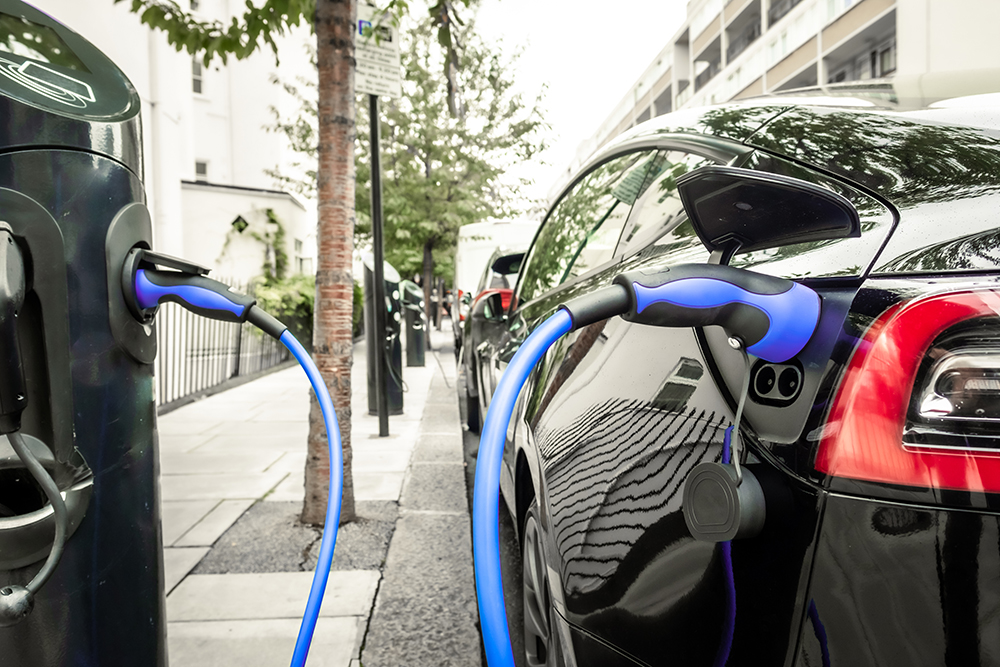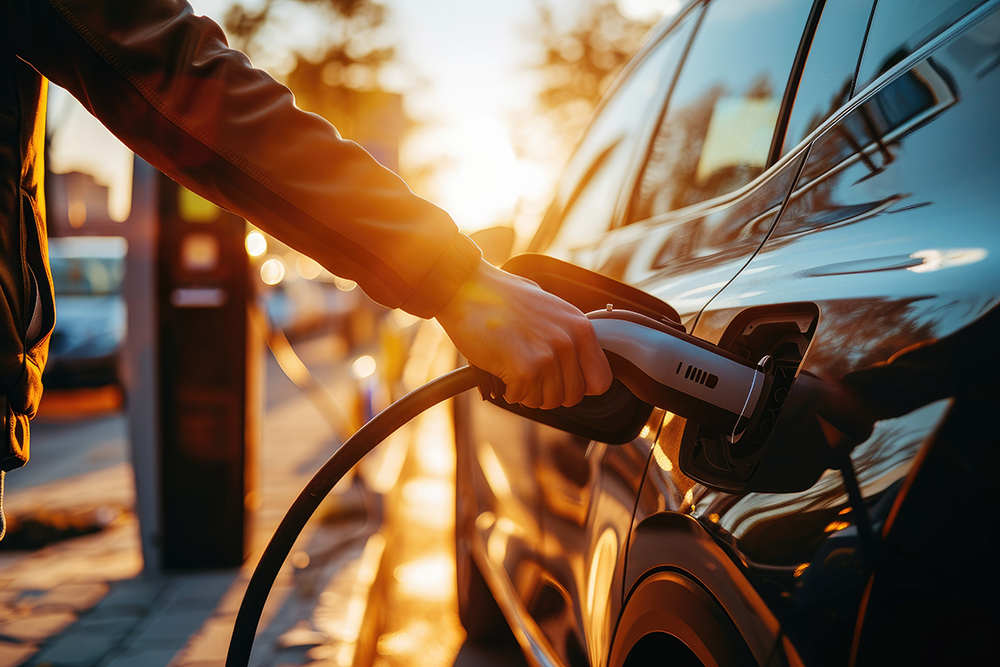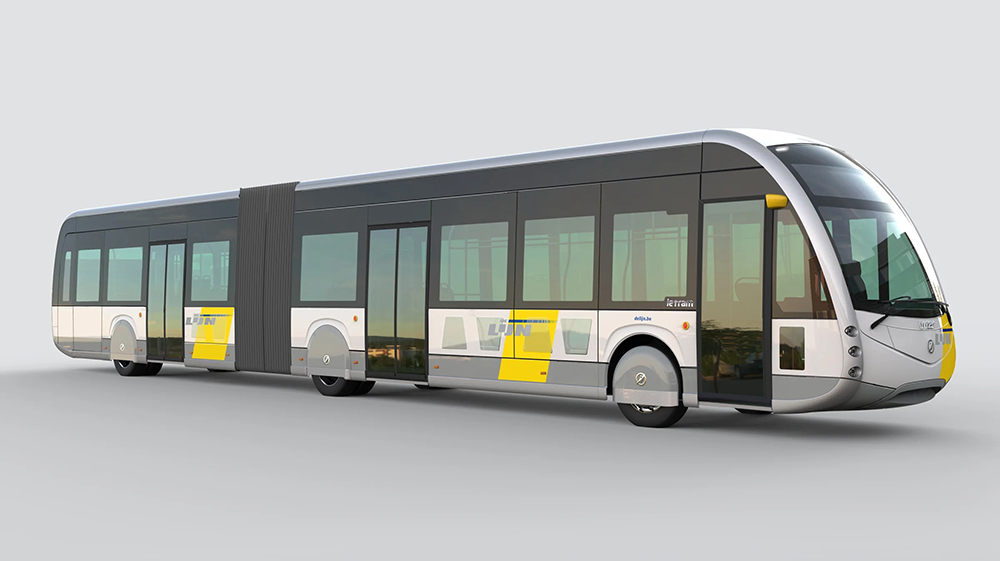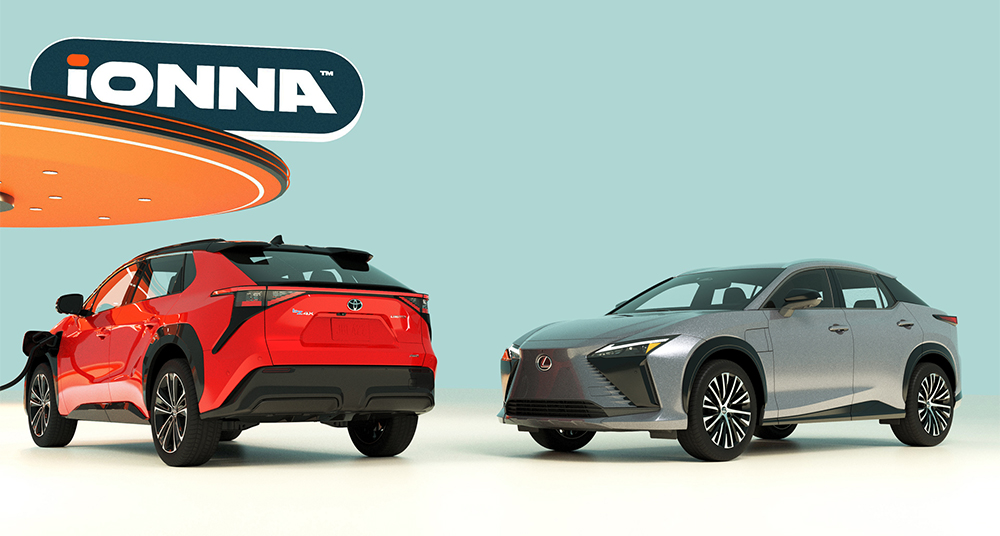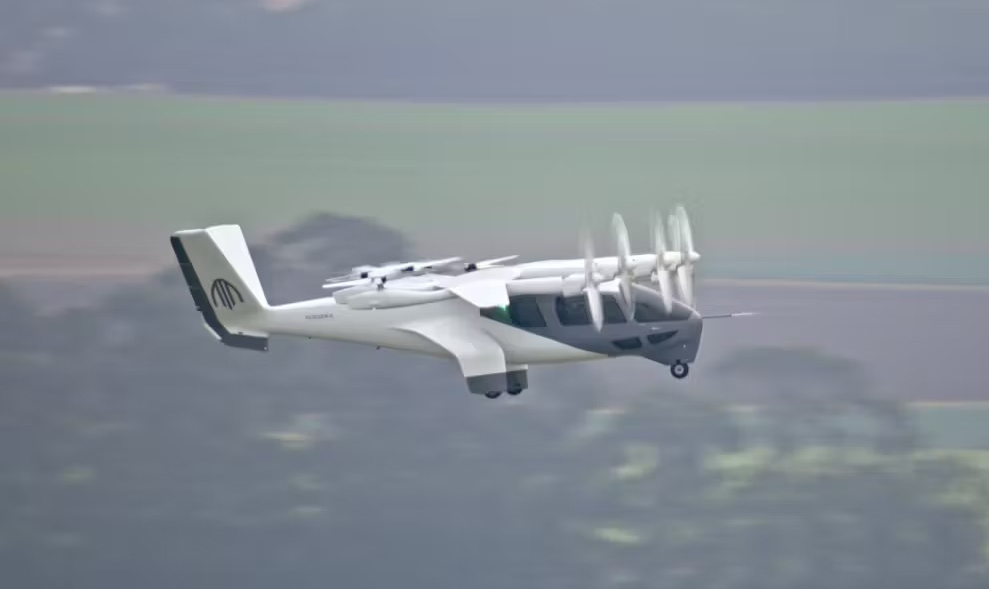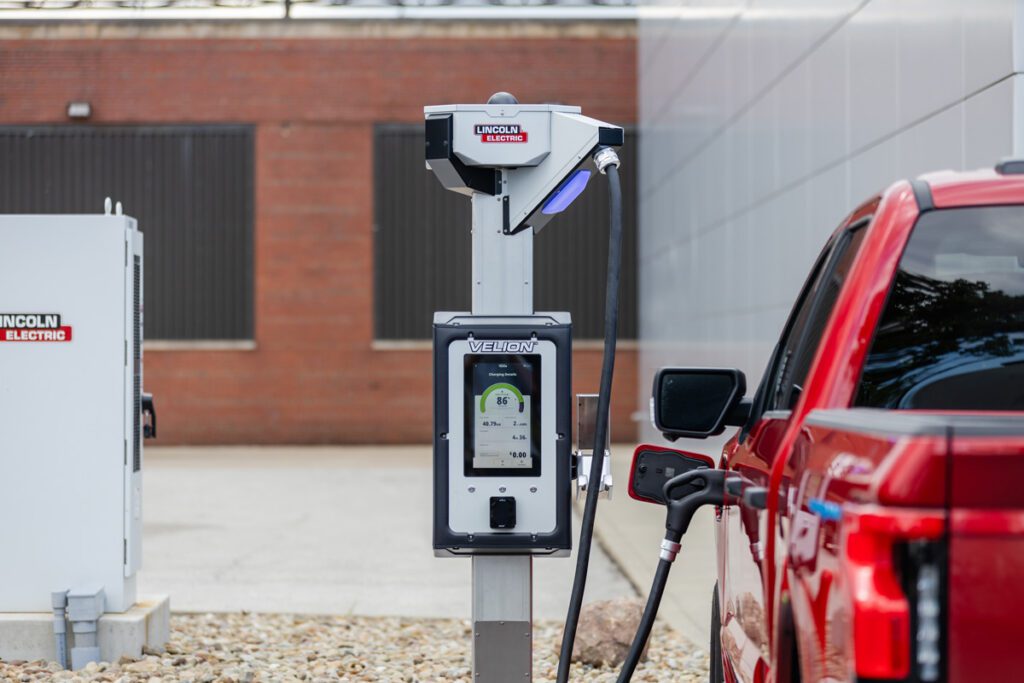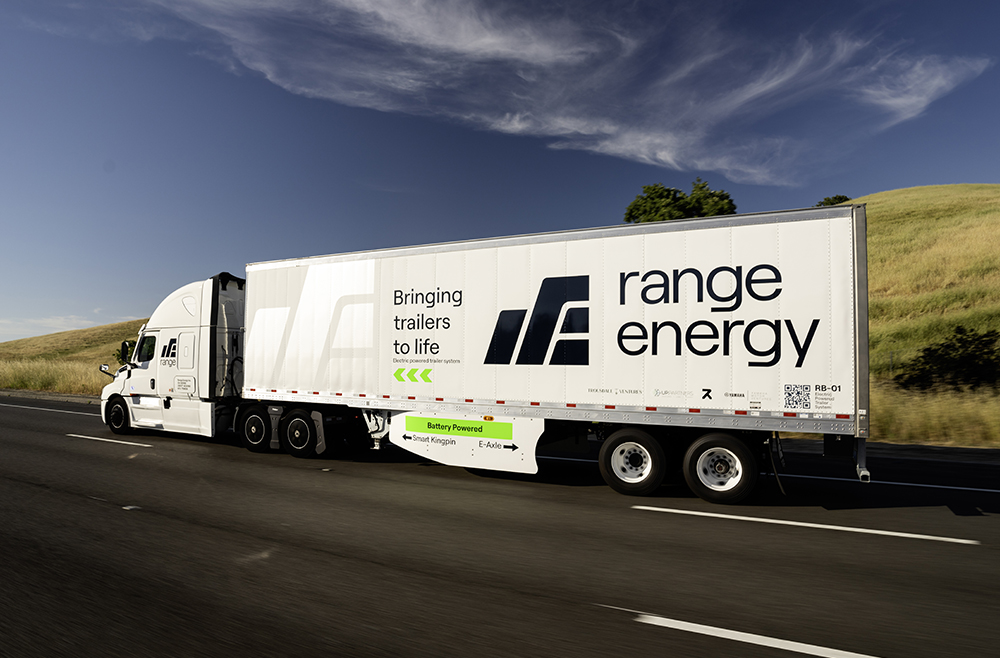California Governor Gavin Newsom is just one of many who have called bidirectional charging a “game-changing” technology. Going bi enables vehicle-to-grid applications, which not only provide nifty features to EV drivers, but are widely seen as an essential tool for smoothly integrating large numbers of EVs into the electrical grid.
That’s why the California legislature is considering a bill that would require all EVs sold in the state to be bi-capable by 2027. In fact, most EV-makers are moving in that direction already—with one glaring exception.
The bill was making its way through California’s legislative process before Ford and GM shook up the EV infrastructure world by announcing that they would support Tesla’s NACS charging system. As the technical implications of this development begin to sink in, some have pointed out that Tesla doesn’t support bidirectional charging. In fact, the company’s CEO has been dismissive of all things bi. At a presentation in March, Senior VP Drew Baglino said that Tesla had “found ways to bring bidirectionality while actually reducing the cost of power electronics in the vehicle,” and added that the automaker could add bidirectional charging to its vehicles within the next two years. The company’s mercurial CEO stepped in to say that he didn’t think very many people would want to use the feature.
Musk and Baglino discuss bidirectional charging around 3:14:34.
Charged has been covering bidirectional charging pioneer Nuvve for several years. We recently spoke with CEO Gregory Poilasne, shortly after he testified before the Energy Committee and the Transportation Committee of the California Senate. He told us that the authors of the bill (SB 233) wisely left most of the technical details open—the mandate leaves both automakers and charger manufacturers free to implement V2X applications in whatever way they think best.
“The bill doesn’t say how the bidirectional capability needs to be integrated,” Poilasne told Charged. “You could do V2G through the DC port of the vehicle—this is what we are doing with school buses here in California. That’s one way. This implementation is actually pretty simple. It’s purely a software upgrade, and standardization is already in place. The ISO 15118-20 standard enables bidirectional communication between the charging station and the vehicle, and with OCPP 2.0.1, permission is granted to go through the DC port.
“It’s also possible to do V2G through an AC port. In that case, you need to have an onboard bidirectional charger. That means the charger inside the vehicle can convert AC to DC to power the battery and take DC from the battery and convert it back to AC for export to the grid. Your charging station is a lot simpler in this case—it’s basically just replacing diodes with transistors to make it bidirectional from an AC perspective.
“V2G through an AC port solution requires a little bit more work on the vehicle side, whereas V2G through the DC port really requires no work on the vehicle if you have ISO 15118-20 implemented.”
Thus, from a technical standpoint, it should be fairly easy for Tesla to implement bidirectional charging. But the company’s obvious aversion to the concept, along with the normal Tesla-time factor probably means it won’t happen any time soon. Unless it’s mandated.
“One reason that they may have been slow to embrace it is their Powerwall home storage business. Bidirectional charging capabilities would make Powerwall storage devices redundant except in a limited number of scenarios such as remote locations,” Gregory Poilasne recently told Charged.
“California’s Senate Bill 233 would require all new 2030 model EVs sold in the state to have bidirectional charging capability,” Poilasne continues. “Should it become law, which looks very close to happening, it would have a greater impact on bidirectional charging than anything Tesla, GM or Ford choose to do. The same vehicles sold in California would be sold in other states, and, as with the catalytic converter, a mandate in California would drive national adoption.
“What Nuvve would like to see happen is for Tesla vehicles to have open bidirectional capabilities so we can also aggregate them with other vehicles such as Nissan LEAFs either for fleet applications or consumer applications.”
This chimes with recent comments from rideshare/public charging provider Revel: whatever charging standard future vehicles use, they need to be bidirectional.
Source: Nuvve



